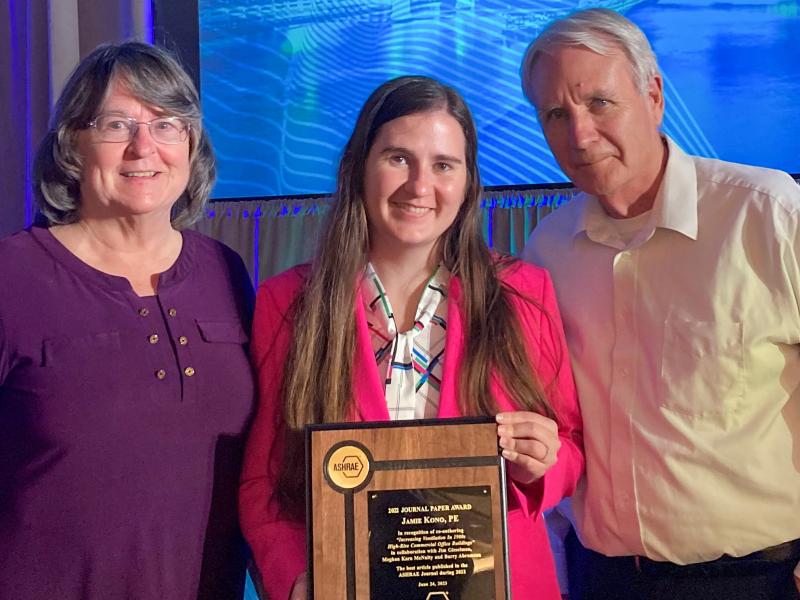
Appliance and
Equipment Standards
Appliance and
Equipment Standards
Reducing energy use
with standards and testing
Reducing energy use
with standards and testing
Researchers at Pacific Northwest National Laboratory (PNNL) support the U.S. Department of Energy in the development of energy conservation standards and test procedures for a wide range of residential and commercial appliances and equipment.
The PNNL team provides expertise in economics, engineering, and energy markets to support development of congressionally mandated energy conservation standards. The team works to determine the cost effectiveness of different technologies and corresponding energy, water, and other national impacts. In addition to staff expertise, PNNL offers laboratory facilities, including psychometric chambers and test equipment, to support the development and evaluation of energy-efficiency test procedures.
The team’s capabilities include market assessment, energy-use analysis at both the per-unit and national scales, a variety of economic approaches, writing resources, and equipment testing. Detailed economic analyses are used to establish consumer prices, life-cycle costs, and national economic impacts (such as net present value) at different potential standard levels as well as other national-scale impacts.
Testing facilities
In addition to general laboratory space, PNNL is equipped with adjacent 20-ton environmental chambers that can be used to evaluate the efficiency of commercial air conditioners, heat pumps, and other equipment. These chambers can be used to evaluate technology performance under a wide range of environmental conditions as well as to test procedure development.

